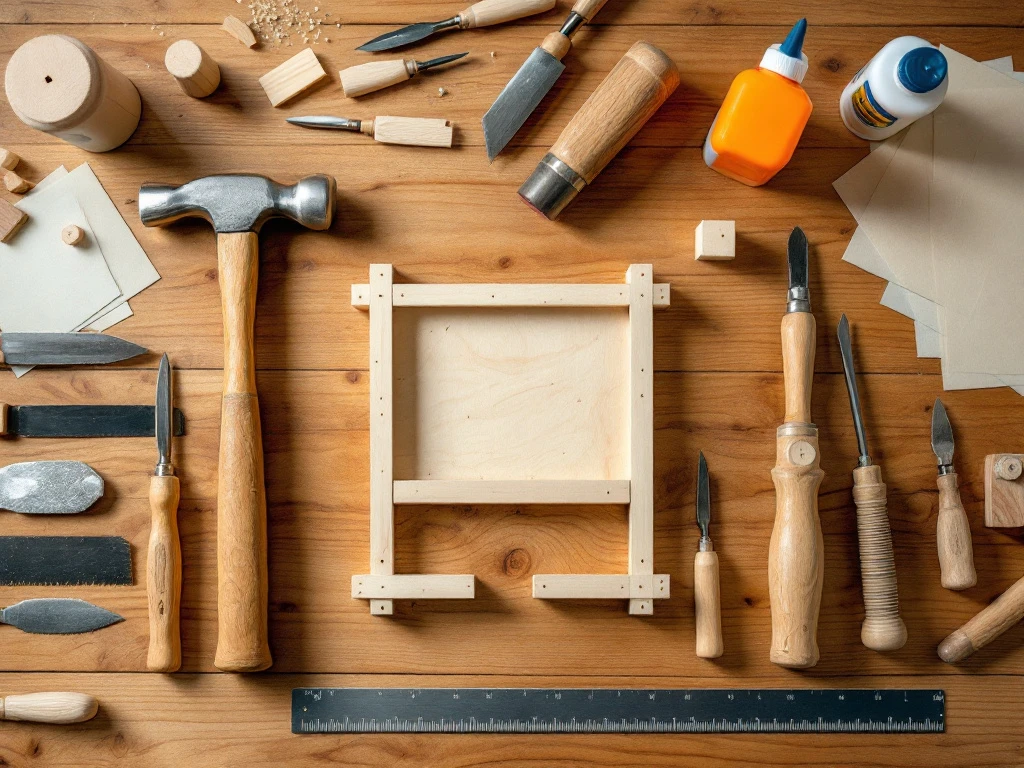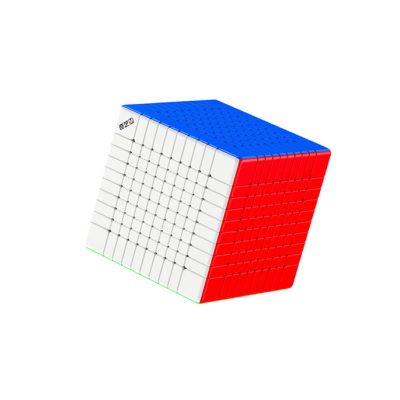-
 Dave Vinke
Dave Vinke
- Leestijd: 5 min
- Laatst geüpdatet: 13/10/2025
Wooden construction kits carry various risks, ranging from physical hazards like splinters and small parts to health risks from allergic reactions to wood types or treatments. Structural problems and quality defects can lead to frustration and unsafe end results. However, with proper precautions and conscious material choices, these risks are well manageable.
What physical risks do wooden construction kits pose?
Wooden construction kits can cause splinters, cuts, and choking hazards due to sharp edges, small parts, and unfinished wood. Young children face the greatest risk due to their natural tendency to put parts in their mouths and their limited motor skills when handling tools.
Splinters represent the most common danger with wooden construction kits. Unsanded or roughly processed wood can easily leave small wood particles in the skin, especially in children with sensitive skin. These splinters can occur during unpacking, sorting, or assembling the components.
Small parts such as screws, pins, and decorative elements pose a choking hazard for children under three years old. These components can be accidentally swallowed and block the airway. Additionally, sharp edges on unfinished wood pieces can cause cuts, especially when children enthusiastically get to work without adequate supervision.
Using tools brings additional risks. Sandpaper, files, and small saws can lead to abrasions or deeper injuries when used incorrectly. Older children and adults with limited experience in model building are particularly susceptible to this.
Can wooden construction kits cause allergic reactions or health complaints?
Wood allergies, chemical fumes, and dust particles can indeed cause health complaints in sensitive individuals. Tropical wood species, adhesives, and finishing materials often contain allergenic substances that can trigger skin irritation, breathing problems, or eczema, especially in children and people with existing allergies.
Various wood species contain natural allergens that can cause reactions. Tropical hardwoods such as teak, mahogany, and rosewood are known for their allergenic properties. Even common wood species like oak and beech can cause skin rashes or breathing problems in sensitive individuals.
The adhesives and treatments used in wooden construction kits pose a significant health risk. Formaldehyde-containing glues can cause headaches, eye irritation, and breathing problems. Lacquers, stains, and paints can release volatile organic compounds (VOCs) that are harmful to the respiratory system, especially in poorly ventilated spaces.
Wood dust released during sanding and filing can worsen asthmatic complaints or trigger new allergic reactions. Fine wood dust can penetrate deep into the lungs and cause long-term irritation. People with existing respiratory conditions should be extra careful when working with wooden components.
Children are particularly vulnerable because their immune systems are still developing and they more frequently exhibit hand-to-mouth behavior. Prolonged exposure to allergenic substances at a young age can lead to the development of permanent allergies.
What are the structural and quality risks of wooden model building sets?
Unstable connections, fragile parts, and inaccurate fit can lead to construction problems that make the building process more frustrating and produce unsafe end results. Material defects such as cracks, knots, and uneven thicknesses affect both the building experience and the durability of the completed model.
Poor fit is a common problem with cheap wooden construction kits. Parts that don’t fit together precisely require forced assembly, which can lead to cracks or breaks. This not only results in frustration but also creates a weak construction that can easily fall apart.
Fragile connection points pose a structural risk, especially for models that are regularly moved or played with by children. Thin pins, weak glue joints, and parts with little contact surface can fail unexpectedly, leading to disappointment and potential danger.
Material defects such as knots, cracks, and varying wood thicknesses affect the strength of the model. Knots can fall out and leave holes, while existing cracks can expand during assembly. Uneven thicknesses make it difficult to achieve tight connections.
Incomplete or unclear instructions increase the risk of construction errors. Incorrectly assembled parts can lead to unstable constructions that cause problems later. This is especially problematic with more complex models where the assembly sequence is crucial for structural integrity.
How can you minimize the risks of wooden construction kits and build safely?
Quality control at purchase, proper tool selection, and adequate workspace setup are essential for safe building. Always check age appropriateness, choose sanded parts over rough materials, and ensure good ventilation and protective equipment such as gloves and dust masks during the building process.
Start by selecting quality construction kits from reliable suppliers. Check that all parts are smoothly sanded and have no sharp edges. Read product reviews to gain insight into common problems and verify that the kit meets safety standards for the intended age group.
Set up a safe workspace with adequate lighting and ventilation. Use a stable work table at the right height and provide a storage container for small parts to prevent choking hazards. Keep a first aid kit within reach in case of minor injuries.
Wear appropriate protective equipment such as thin work gloves to prevent splinters and a dust mask during sanding work. Ensure that children always work under supervision and use child-friendly tools with rounded points and ergonomic handles.
Test materials beforehand for allergic reactions by holding a small piece of wood against the skin. When in doubt about allergies, you can choose hypoallergenic wood species such as poplar or birch. Avoid construction kits with strong chemical odors or visible treatments.
For those looking for safe, quality options, our extensive model building range offers various possibilities. Specifically for enthusiasts of natural materials, we have a carefully selected collection of wooden construction kits that meet high quality and safety standards.
By making conscious choices and taking precautions, the risks of wooden construction kits can be significantly reduced. The key lies in choosing quality products, creating a safe work environment, and adapting supervision to the skills and age of the builder. With this approach, model building becomes a safe and rewarding hobby for young and old.
Frequently Asked Questions
How can I test if my child is allergic to a specific wood type before we start building?
Perform a simple skin test by holding a small piece of the wood against the inside of the wrist for 10-15 minutes. Watch for redness, itching, or swelling. If in doubt or with existing allergies, you can also contact your doctor for advice about specific wood types.
Which tools are safest for children to use independently with wooden construction kits?
Child-friendly tools with rounded points such as plastic files, soft sanding blocks, and ergonomic screwdrivers are safest. Avoid sharp knives, awls, and fine sandpaper. Children under 8 years should always work under direct supervision, regardless of the tools.
What should I do if parts are missing or damaged in my wooden construction kit?
First check all parts against the parts list before you start building. For missing or damaged parts, contact the supplier or manufacturer immediately. Never try to make replacement parts yourself, as this can compromise structural integrity and safety.
How long can wooden construction kits be safely stored before quality deteriorates?
Wooden construction kits can be stored for years if kept dry and at room temperature. Avoid humid spaces like basements or attics. Always check for mold, deformation, or dried-out glue joints before use that could affect safety.
What first aid should I apply for splinters from wooden construction kits?
Wash your hands and disinfect tweezers. Remove surface splinters carefully in the direction they entered. Deeper splinters should be removed by a doctor. Always disinfect the wound afterward and keep it clean to prevent infection.
Are there specific quality characteristics I should look for when buying wooden construction kits?
Look for CE marking for European safety standards, smooth finish without rough edges, and clear age indication. Choose kits from known brands with good reviews. Check that all parts are pre-sanded and that instructions are clear and complete.
How can I optimally set up the workspace for safe work with wooden construction kits?
Ensure a stable work table at the right height with good lighting (minimum 500 lux). Place a storage container for small parts within reach and ensure adequate ventilation. Keep a first aid kit, vacuum for wood shavings, and protective equipment like gloves and dust masks ready.
Table of contents
Much viewed
More blogs

What tools are needed for wooden construction kits?

What complex wooden building kits are available?

Which wooden building kits are suitable for adults?





